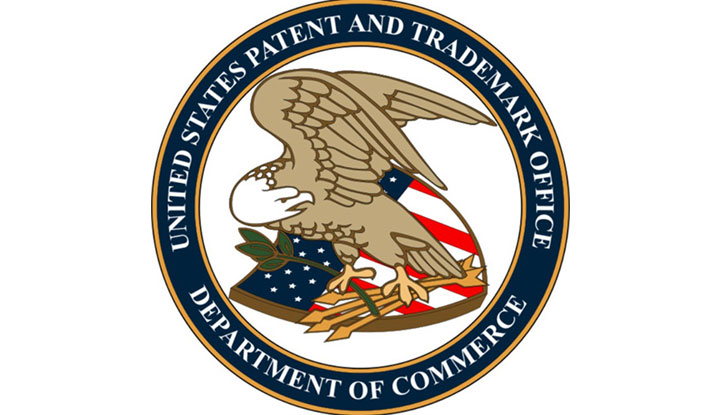If you own a business and use a specific symbol, logo or icon to represent it, it is extremely important to protect that asset.
By definition, a trademark is a symbol, icon, word, phrase or some combination of them that uniquely identifies your business from all others. Types include service marks and trademarks. Service marks identify a service. Trademarks identify an entity, product or good. As an example, “Wal-Mart” is the trademark for the retailer, while “Save Money. Live Better” is its service mark.
Trademark protection allows you to register a symbol that is unique to your company so it becomes exclusively yours to use. Furthermore, it protects your business’s identity, products or services, and prevents others from using anything you’ve trademarked.
While registration of a mark is not required, since you can establish rights in a mark based on legitimate use, it does yield specific advantages.
According to the USPTO, trademark registration serves as:
- constructive notice to the public of the registrant’s claim of ownership of the mark;
- a legal presumption of the registrant’s ownership of the mark and the registrant’s exclusive right to use the mark nationwide on or in connection with the goods and/or services listed in the registration;
- an ability to bring an action concerning the mark in federal court;
- the use of the U.S registration as a basis to obtain registration in foreign countries; and
- the ability to file the U.S. registration with the U.S. Customs Service to prevent importation of infringing foreign goods.
For example, many brands, including Australian companies I’ve worked with, have made brand protection a priority. One company, Royal Canin, which specializes in pet food, devoted large resources towards protecting its branding and even then the company faced challenges to its trademark rights. Likewise, by securing the rights to your trademark, you protect an asset that holds great value to your business, and you obtain the right to sell or license what you have trademarked. (Disclosure: The writer of this article is affiliated with Royal Canin and opinions expressed are those of the author.)
Filing for a Trademark
The U.S. Patent and Trademark Office eligibility rules state that in order for a mark to be registered as a trademark or service mark, it must be in use and distinctive. This means you should be ready to stick with what you have created, have it in use, and then you can file for registration. International IP rules may vary. For example in Australia and in the UK, there are strict rules concerning offensive and derogatory trademarks.
In some cases, you can submit a request to register a mark that you have not started using, as long you show good faith in using some time in the near future. You may have to show proof of this at a later date.
There are four types of trademark distinctiveness: Arbitrary, Suggestive, Descriptive, and Generic. Arbitrary and suggestive marks are usually very unique and distinguishing, so eligibility is based on the first to register. Descriptive marks, geographic terms and personal identifiers require a secondary meaning to get approved. While generic terms cannot be trademarked.
The Importance of Trademark Protection
Trademark protection exists on three levels: common law, state and federal, with the federal level being most expansive and important. This higher level of protection secures your business and your brand. When you register for a federal trademark, you broadcast ownership of your claim to the general public, affording you legally exclusive rights to it. This can help you more easily defend your rights and prevent others from using it.
Should another business or entity attempt to use your trademark, you can take them to court to protect your business. The importance of filing for a federal trademark is nationwide protection. If you only file in your state, any business residing in another state can possibly use your trademark without recourse.
Registering at the federal level also allows you to eventually obtain registration globally, in individual countries as your business expands. Meanwhile, you can file registration with your country’s customs service, so imports that infringe your trademark are banned.
Registering a trademark at any level is an extremely important step to take early when building a business. The sooner you obtain it, the more secure your business will be.
This article has been edited and condensed.
Simon Crompton is a freelance journalist and entrepreneur, who spends the majority of his time blogging about business startups and consulting on web development. He has launched multiple online companies. He is also a dedicated follower of fashion, and has written for the Financial Times and GQ. Connect with @PermanentStle on Twitter.
© YFS Magazine. All Rights Reserved. Copying prohibited. All material is protected by U.S. and international copyright laws. Unauthorized reproduction or distribution of this material is prohibited. Sharing of this material under Attribution-NonCommercial-NoDerivatives 4.0 International terms, listed here, is permitted.




